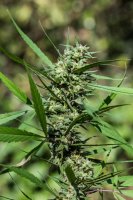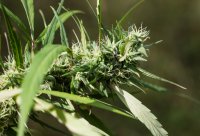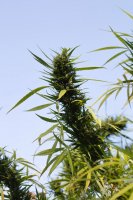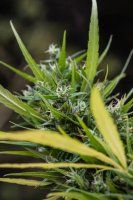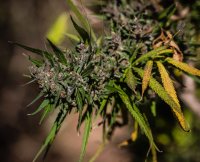And even though I have breeding Cannabis for 42 years I am always open to learning something new and always seek great strains to work with. As you can see by my posts I have quite a few top rare, pure high quality selections. If you have such a gem as you speak of, perhaps a trade from my library? Anything but my Oaxacan.
Hell I have reproed in trade, and gave back multiples of fresh seed back to the gifter as well as the given in trade.
I have been growing since 1972 myself. And I started freezing seeds in 1977. I am an experience breeder and grower, and I have a license to grow weed in Oregon. I have also had 4 plant nurseries in California and Oregon, and Cannabis is only one plant that I collect. Others currently or formerly being cymbidium orchids, bamboos, cane berries, Japanese maples, and heirloom hardneck garlic. I have been trading Cannabis beans with landrace collectors around the world for some time now. I am actually long on Mexican and Colombian land race strains, including Oaxacan. I also have a large and growing landrace South African collection that I have done a lot of breeding with lately, IBL and hybrids. And no, the Zac Purple/BSHW beans are not up for trade at this time. Sorry. Nor are my African Black Magic beans, or my Oaxacan super mint beans. These stains are rarer than rare. I get lots of offers for these beans from around the world all the time. Which is odd, in that they were rather common in the 1970s. I will post a reply later here with my experiences regarding BSHW and that area in the 1960s/70s/80s, and my BSHW/Zac Purple strain.



